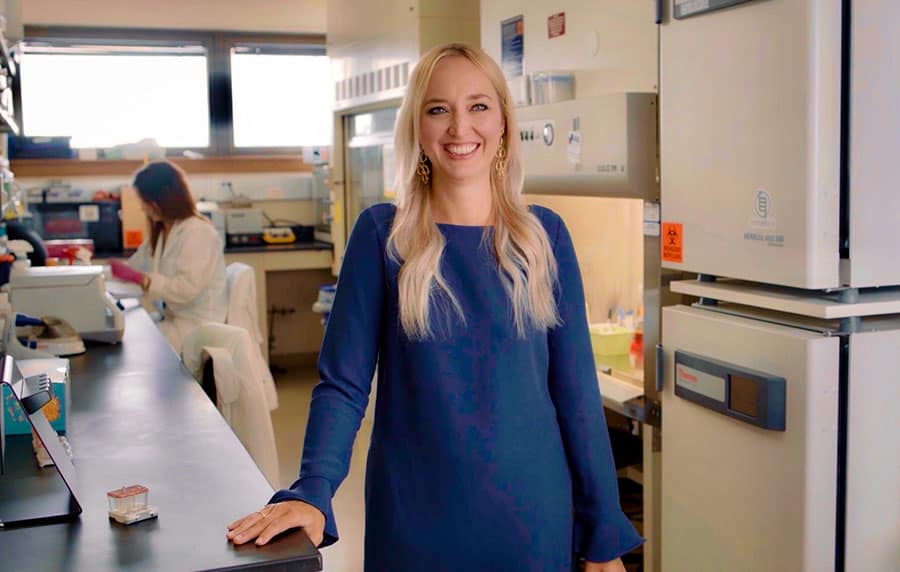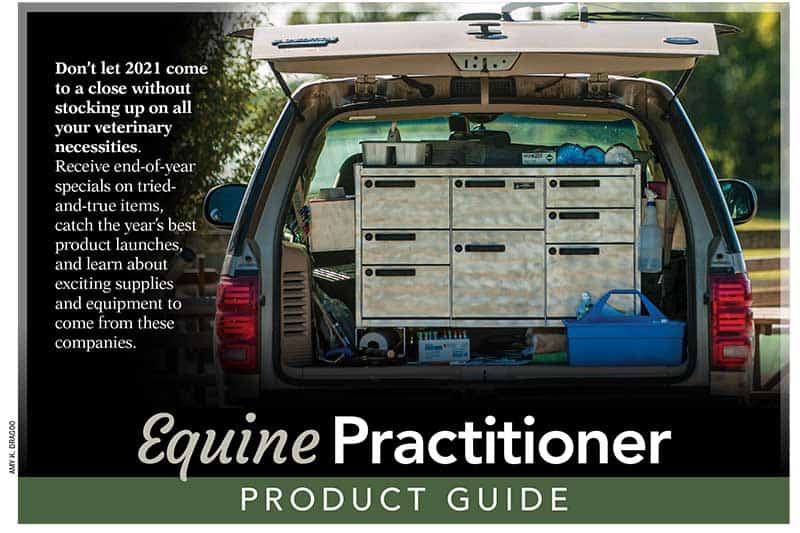
The Pros and Cons of Orthobiologics in Horses
The key concepts behind 6 orthobiologics available to equine veterinarians.

The key concepts behind 6 orthobiologics available to equine veterinarians.

Dr. Carrie Shaffer of the University of Kentucky describes how in vitro models will help us better understand how we can prevent and fight disease in horses.

Clinician: Technology helps veterinarians improve treatment outcomes and provide life-saving advice to horse owners in isolated, rural areas.

Don’t let 2021 come to a close without stocking up on all your veterinary necessities. Download part 2 of The Horse‘s Equine Practitioner Product Guide for information on equipment, supplies, and product specials for veterinarians.

The equine respiratory tract is so highly specialized for exercise that even the slightest deviation from normal can limit a horse’s athletic career.

Don’t let 2021 come to a close without stocking up on all your veterinary necessities. Download a free copy of The Horse‘s Equine Practitioner Product Guide for information on equipment, supplies, and product specials for veterinarians.

Don’t let 2020 come to a close without stocking up on all your veterinary necessities. Download a free copy of The Horse‘s Equine Practitioner Product Guide for information on equipment, supplies, and product specials for veterinarians.

The body delivers blood to help tendons heal. Power Doppler can identify when blood is present in horses’ injuries that veterinarians might otherwise believe to have recovered.

Standing surgeries on sedated horses can provide good, if not better, results than equivalent surgeries on fully anesthetized horses, without the added costs and complications.

What’s in that straw? Stallion semen, sure. But what quantity of sperm, and what quality? Researchers found this mobile device and its app an effective alternative to more specialized equipment.

There’s a nerve-tingling explanation behind many equine headshaking cases. Here’s what you need to know.

In the first of this two-part series, we’ll explore full-body rehabilitation options, from the horse’s head to tail.

Regenerative therapies can help horses recover following injury. Download this free fact sheet to learn more about stem cell, IRAP, and PRP therapy use in horses.

Find out how equine researchers are using the latest gadgets and gizmos to diagnose lameness, collect data, and more.

Horse are especially sensitive to endotoxemia. To address the issue, Dr. Stacy Anderson of Lincoln Memorial University, in Harrogate, Tennessee, presents her research on neutrophil apoptosis (the death of cells that occurs as a normal and controlled part of an organism’s growth or development) in horses.

Where do we go from here? Find out from Charlie Scoggins, DVM, MS, Dipl. ACT, who’s a fertility clinician at Rood & Riddle Equine Hospital in Lexington, Kentucky.
Stay on top of the most recent Horse Health news with
"*" indicates required fields